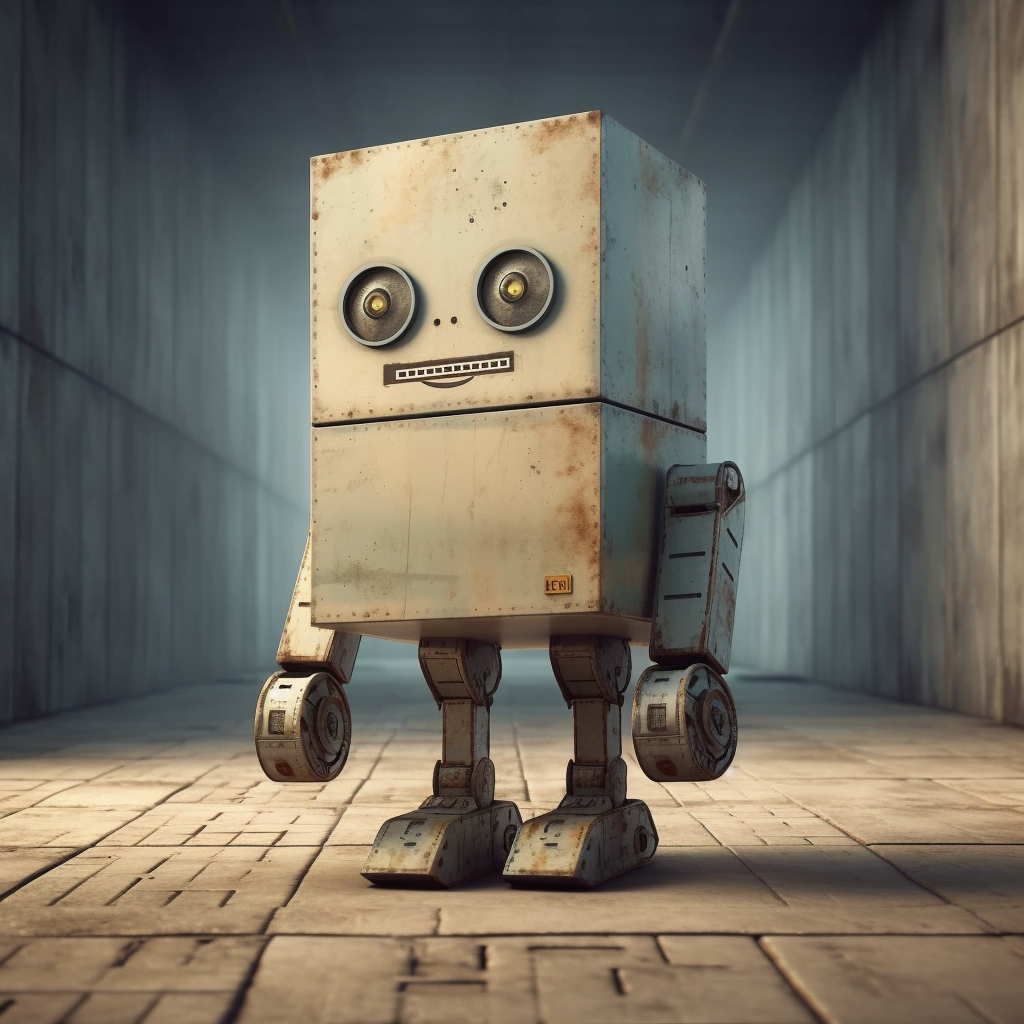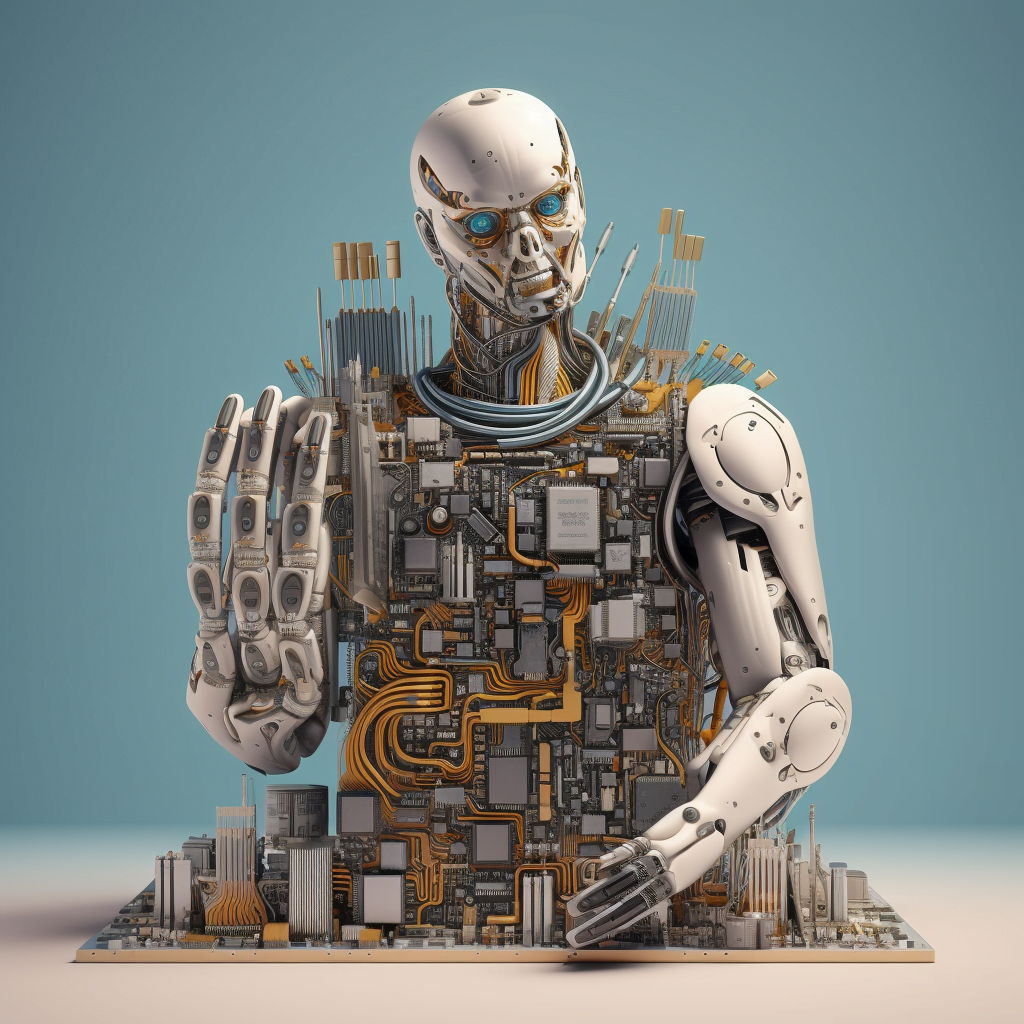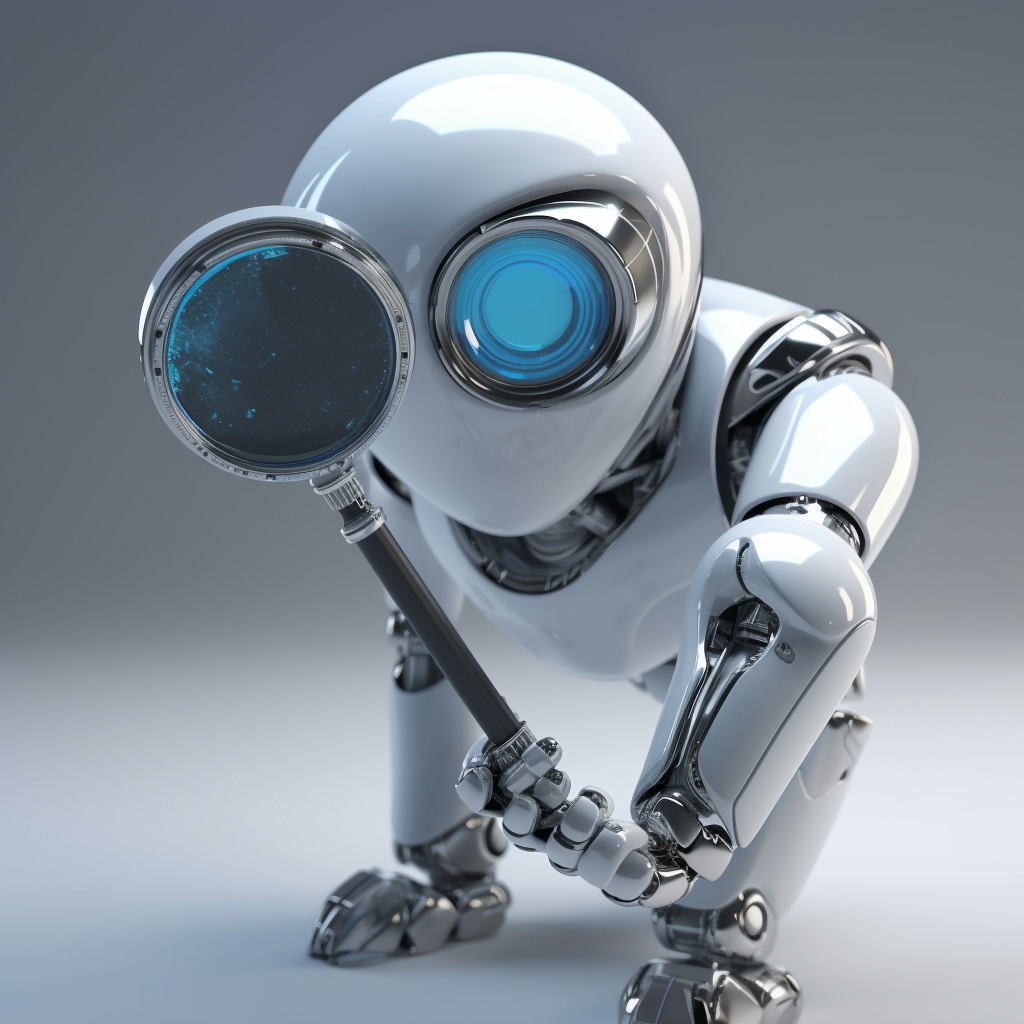
Imagine you’re a drop of ink and you’re plunged into a glass of clear, still water. At first, you stay as a concentrated dark spot, but with time, you slowly begin to spread out, diffusing across the water, creating a swirling pattern of blue.
Eventually, the entire glass turns a lighter shade as you’ve been spread evenly throughout the water.
Now, this process of spreading out, of diffusing, isn’t random. It follows laws and rules that physicists have studied for centuries. But what if I told you that this same process of diffusion, something that happens in the physical world, is now being used in the virtual world of artificial intelligence (AI) and machine learning?
Yup, you heard right! We call it the “Diffusion Model“.
It’s a concept that’s helping to revolutionize the way AI understands and generates complex data, like images and text. It’s like teaching the AI to paint a picture or write a story, one tiny brush stroke or word at a time.
How Do Diffusion Models Work?
If you’ve ever played the game of “telephone,” where a message gets passed down a line of people and changes along the way, then you already have a basic understanding of diffusion models. The idea is simple: you start with something you know, and gradually, step by step, you transform it into something new.
In AI, we do this by using a diffusion process – just like the ink spreading out in the water – to slowly transform data from one form to another. Let’s say we want our AI to generate a picture of a cat. We might start with a random picture that doesn’t look like a cat at all.
Then, the AI uses a diffusion model to slowly change the picture, bit by bit, until it looks like a cat.

The Importance of Diffusion Models
The rise of diffusion models in machine learning has been largely driven by their success in generating high-quality, complex data structures, which is a significant boon for numerous applications across various sectors. The versatility and functionality of these models make them indispensable in areas like autonomous driving, healthcare diagnostics, e-commerce, and entertainment, among others.
One of the primary advantages of diffusion models is their ability to produce intricate and nuanced outputs. For instance, in the case of image generation, while traditional models may struggle with the creation of realistic images, diffusion models can handle complex structures with relative ease, leading to highly detailed, lifelike images.
Furthermore, diffusion models exhibit superior performance in handling uncertainty in the data.
In many real-world scenarios, data is noisy, incomplete, or ambiguous. In such cases, the ability of diffusion models to handle uncertainty is highly beneficial, as they can gradually evolve the uncertain data towards a certain or targeted outcome, improving the quality and reliability of the results.
These models also exhibit a robust capability in handling sequential data, a characteristic that finds immense value in natural language processing tasks. Given a seed phrase or word, diffusion models can weave an entire narrative or story around it, which can be particularly useful in applications such as automated journalism, chatbots, and creative writing prompts.
The Working Mechanism of Diffusion Models
Understanding the mechanism behind diffusion models requires some familiarity with the concept of a probability distribution, a function that describes the likelihood of different outcomes in an experiment. In a diffusion model, the data is imagined to exist in a probability space.
The diffusion process can be thought of as a journey within this space, gradually moving from a broad, nonspecific distribution to a targeted, narrower distribution that corresponds to the desired output.
The model learns by iterative sampling from the distribution, and with each step, it applies a slight modification or ‘nudge’ to the data. These nudges can be thought of as the equivalent of the physical diffusion process – small, gradual changes that eventually lead to a significant transformation.
An essential part of the diffusion process is a noise reduction mechanism known as ‘denoising’. As the data evolves, some noise is inevitably introduced. The model learns to identify and remove this noise, which results in a clearer, more accurate representation of the desired output.
What Are Diffusion Models Used For?
Diffusion models are versatile tools that can be applied across a broad spectrum of fields and sectors. Their prowess in handling complex data structures and effectively dealing with uncertainty opens up numerous use cases. Here are some key areas where diffusion models are commonly used:
- Image and Video Processing: Diffusion models are employed for tasks such as image generation, editing, restoration, and super-resolution. They’re especially useful for generating realistic images for applications like video games or virtual reality. Furthermore, they can also be used for generating unique, personalized video content.
- Natural Language Processing (NLP): In NLP tasks, diffusion models can generate high-quality text given a seed word or phrase. This feature is helpful for a range of applications including language translation, sentiment analysis, chatbots, automated journalism, and more.
- Speech Synthesis and Recognition: Diffusion models are excellent for creating realistic synthetic voices or transforming one type of voice into another. They can also be used in speech recognition systems to accurately transcribe and interpret spoken language.
- Medical Imaging and Diagnostics: Diffusion models are being explored in healthcare for generating and interpreting medical images. They can assist in diagnosing diseases by identifying anomalies in medical images that might be too subtle for the human eye to detect.
- Autonomous Vehicles and Robotics: Diffusion models are utilized in autonomous vehicles and robotics to interpret sensor data and make complex decisions. For example, they can be used to interpret LiDAR and camera data to navigate an autonomous vehicle safely.
- Finance and Risk Management: Diffusion models can be employed to predict financial markets and manage risks. They can gradually transform current market data into future scenarios, helping analysts forecast market movements and assess the risk.
- Music and Art Generation: Artists and musicians are also beginning to explore the creative potential of diffusion models. These models can generate original pieces of music or artwork, pushing the boundaries of AI-assisted creativity.
- Climate and Weather Forecasting: In the realm of climate science and meteorology, diffusion models can help simulate and predict weather patterns by gradually transforming current climate data into future forecasts.
The power of diffusion models lies in their capability to gradually transform complex data, enabling them to generate high-quality, nuanced outputs. As such, they are an essential part of the AI toolkit, with potential applications in virtually any field that relies on the interpretation and manipulation of complex data. As our understanding of these models continues to improve, we can expect to see them employed in an even broader range of use cases.
The Future of Diffusion Models
As the world continues to generate and rely on increasingly complex and large-scale data, the future of diffusion models in machine learning appears promising. The rich functionality, versatility, and robustness of these models are driving research and development in both academic and industrial settings, with expectations of breaking new ground in AI technology.
- Higher Quality Data Generation: Diffusion models are already quite proficient in generating high-quality, complex data structures. Yet, researchers are continually striving to improve the capabilities of these models further. As we refine our understanding of diffusion processes and develop more sophisticated training techniques, the output quality from these models is expected to reach unprecedented levels. This will have significant implications for fields such as digital art, gaming, virtual reality, and film production.
- Robustness to Uncertainty and Noise: The ability of diffusion models to handle uncertainty and noise in data is one of their key strengths. With further advancements, we can expect even better performance in this area, which will be critical for high-stakes applications such as autonomous vehicles, medical imaging, and financial forecasting.
- Expansion to New Applications: As diffusion models become more efficient and versatile, we can expect them to be applied to an increasingly diverse range of problems. For instance, there’s potential for diffusion models to be used in areas like quantum computing, where data evolves according to quantum dynamics, which are inherently probabilistic and thus align well with the diffusion framework.
- Integration with Other AI Technologies: As AI systems become more complex, integrating different types of models will be key to achieving top performance. Diffusion models could be paired with other types of models, like reinforcement learning models or transformers, to handle a wider range of tasks and generate even more robust solutions.
- Understanding and Interpreting AI Decision-Making: One of the current challenges in AI is the ‘black box’ problem, where it’s difficult to understand how an AI made a particular decision. Diffusion models, given their sequential and probabilistic nature, could potentially help shine a light into this black box, by tracing the path of decision-making from input to output.
Diffusion models are set to play an increasingly central role in the development of AI technologies. Their unique properties make them well-suited to a wide range of tasks, and their potential for growth and development is enormous.
As we continue to explore and refine these models, we can expect to see increasingly impressive and innovative applications emerge.




